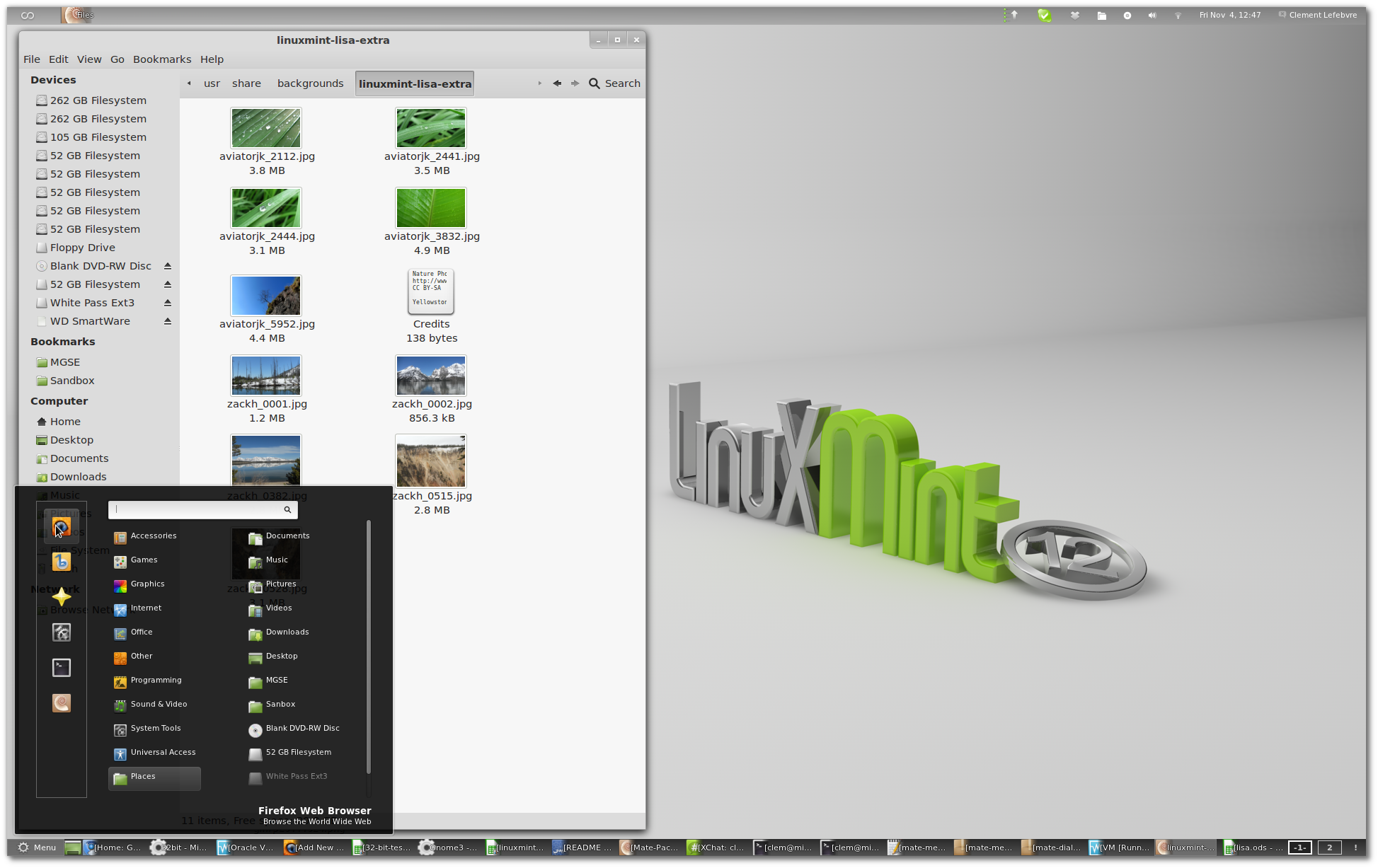I may get my partly-fried desktop back in a while, so I may be aggressively trying out lightweight distributions again in the near future.
Meanwhile, on an off-topic note, I really admire what the Linux Mint team plans to do with GNOME 3 in Linux Mint 12. Here's a screenshot of their GNOME 3 design, posted on The Linux Mint Blog:
 |
| GNOME 3 with MGSE in Linux Mint 12 |
My only real problem with GNOME 3/MGSE is the two-panel configuration that I used to always eliminate in GNOME 2 whenever a distro used it. Vertical space is at a premium on my laptop.
Though I've been using Linux Mint Debian Edition on the laptop for a while, I may have to check out the Linux Mint 12 main edition when it comes out.
The Linux Mint Blog » Blog Archive » Linux Mint 12 Preview:
'via Blog this'
'via Blog this'